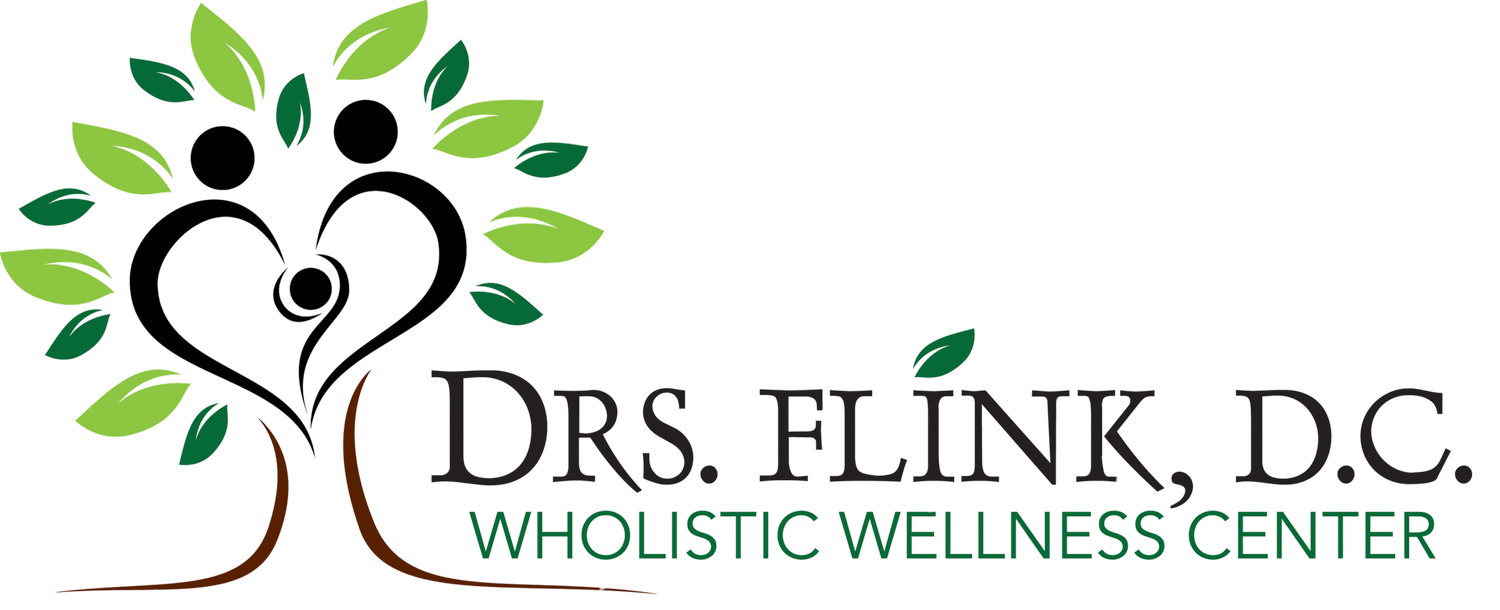Dry Needling vs. Acupuncture: What’s the Difference?
The term "dry needling " often sparks debate within the acupuncture community. Physical therapists and other healthcare providers use it as part of their practice, which sometimes leaves acupuncturists feeling frustrated because, when dry needling doesn’t give lasting relief, people often assume acupuncture doesn’t work either. But here’s the truth: dry needling and acupuncture are not the same thing.
What Is Dry Needling?
Dry needling focuses on releasing tight muscles by inserting a needle into a specific spot, often called an ashi or trigger point. This is usually a motor point in the muscle where tension is high. The goal is to relieve pain and restore normal movement. While it can bring short-term relief, it usually addresses only the local problem, not the root cause.
How Acupuncture Is Different
Acupuncture is a time-tested therapy that looks at the whole body, not just one muscle or joint. It’s based on the meridian system—pathways of energy (Qi) that connect every part of your body, from muscles to organs to emotions. When energy flows freely through these pathways, your body can heal, balance, and function at its best.
At our clinic, we use AcuGraph, an advanced system that measures the energy flow in your meridians. This allows us to see the bigger picture—how different pathways interact and where imbalances are causing pain or other symptoms. From there, we create a personalized plan that may include traditional acupuncture with ultra-fine needles, gentle laser acupuncture, or frequency-specific microcurrent therapy.
Why the Whole Picture Matters
If you only release one tight muscle without restoring balance to the entire meridian system, the pain often comes back. It’s like putting a bandage on a deeper wound. By improving the energy flow through all pathways, we can address the underlying cause—helping not just with pain, but also with headaches, stress, emotions and so much more.
Training Requirements
In Florida, dry needling certification for certain providers may require just 24–40 hours of training. By contrast, a chiropractor seeking acupuncture certification must complete 100 hours of training from an accredited institution and pass the National Board of Chiropractic Examiners’ acupuncture exam. This higher level of training allows for a deeper understanding of how the body’s systems connect—and how to treat them effectively.
The Takeaway
Dry needling can be a useful tool, but acupuncture goes further. It’s not just about treating a single point—it’s about restoring harmony to the whole body. With the insight from AcuGraph and the depth of acupuncture training, we can deliver care that is safer, more comprehensive, and more effective. That’s why, when someone asks, “Do you do dry needling?”, our answer is: Yes—but we do so much more.

